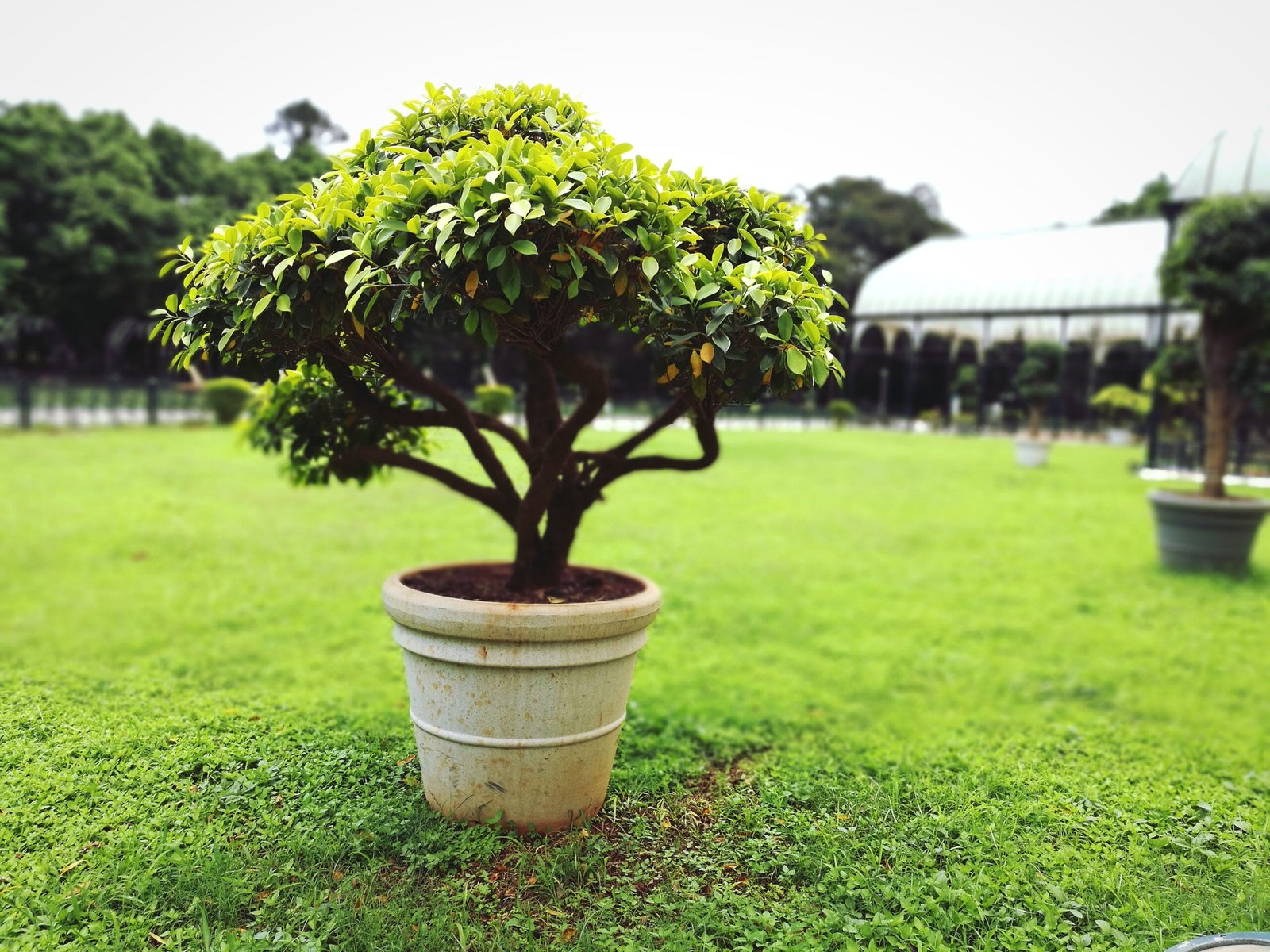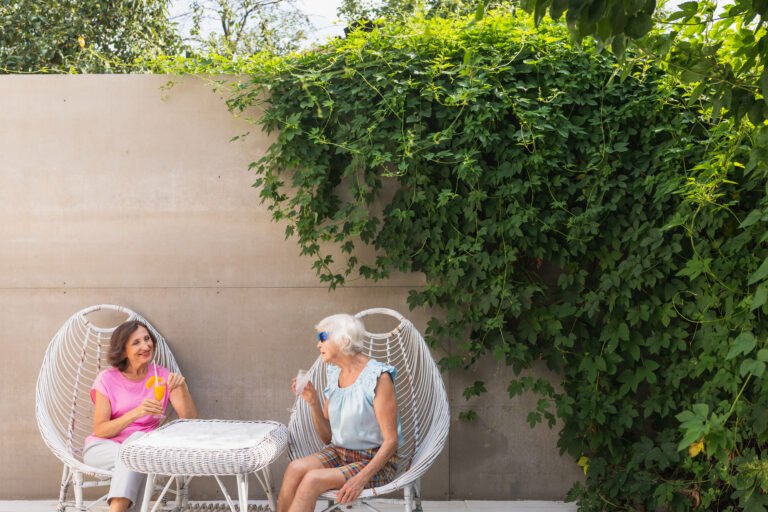Best Trees for Small Backyards: Ideal Choices for Limited Spaces
Selecting the right trees for a small backyard is essential for creating an appealing and functional outdoor space. For homeowners with limited area, compact trees can enhance the aesthetic of both backyards and front yards without overpowering the space. These trees not only add to the curb appeal, but they also can provide shade, privacy, and a habitat for wildlife. Careful consideration must be taken to choose species that will thrive in a smaller area without extensive root systems that can disrupt the yard or foundation.
Trees like the Japanese maple are popular choices; they are known for their vibrant foliage and manageable size. Crabapple trees are another excellent option, offering beautiful blossoms in the spring and colorful fruit in the fall. For those seeking evergreens, dwarf varieties of spruce or pine can maintain greenery all year round without becoming too large.
In addition to aesthetics, practicality plays a significant role in tree selection for small spaces. It is crucial to consider growth rate and mature size to ensure that the tree remains a suitable part of the landscape for years to come. Furthermore, homeowners should be mindful of maintenance requirements such as pruning, which can vary widely between different tree species. By choosing the right trees, one can maximize the potential of a compact backyard or front yard, creating a beautiful, serene, and practical outdoor sanctuary.
Selecting Trees for Small Backyards
In the quest for the perfect tree for a small backyard, one must consider growth patterns, seasonal changes, maintenance, and the ecosystem. It is about finding a compact, yet beautiful tree that complements the space without overwhelming it.
Understanding Space and Growth Patterns
Trees with a compact form are essential in small gardens to prevent overcrowding. Meet ‘Amelanchier’ (Serviceberry), with a mature height that typically does not surpass 20 feet, making it ideal for tight spaces. Be aware of root systems which can disrupt foundations and walkways.
Considering Seasons and Tree Features
Selecting a deciduous tree like the Eastern Redbud or Cornus (Dogwood) ensures spectacular spring flowers and vivid fall color. For evergreen foliage, consider the Magnolia, specifically the Saucer Magnolia, which remains relatively small and provides year-round protection and color.
Focusing on Functionality and Maintenance
Opt for trees that offer privacy and shade without extensive maintenance. The Japanese Maple is not only known for its striking red color but also fits well in partial shade and can be easily pruned to maintain its compact shape.
Top Trees for Small Spaces
| Tree | Height | Features | Seasonal Interest |
|---|---|---|---|
| Serviceberry | 15-20 ft | White flowers, edible berries | Spring blossoms, fall color |
| Dogwood | 15-30 ft | Colorful flowers, red berries | Year-round beauty |
| Saucer Magnolia | Up to 25 ft | Large, fragrant flowers | Early spring blooms |
| Japanese Maple | Varies | Red foliage, elegant form | Vibrant fall color |
Avoiding Common Mistakes
Do not plant under power lines or too close to structures. Amelanchier can grow in full sun to partial shade, but placing a Japanese Maple in full sun may scorch its delicate leaves.
Landscaping for Visual Appeal
Incorporate different textures and forms for visual interest. Evergreens provide a steady backdrop for the colorful flowers of Crabapple and the splendid bark of Dogwoods, which stand out in winter months.
Benefiting Wildlife and Ecosystem
Choose native species to support local pollinators and birds. Fragrant flowers and red berries from trees like Serviceberry and Dogwood attract a variety of wildlife, enhancing the ecological value of a small garden.
Local Considerations and Climate Resilience
Adjust tree selection based on local climate and growing zone. A tree that flourishes in warm climates might struggle with cold resistance. Redbuds and Magnolias are versatile, but always cross-reference with regional soil needs and growth zones in the United States.
Through mindful selection and understanding of trees suitable for small spaces, one can create a captivating and functional backyard retreat that flourishes throughout the seasons.








